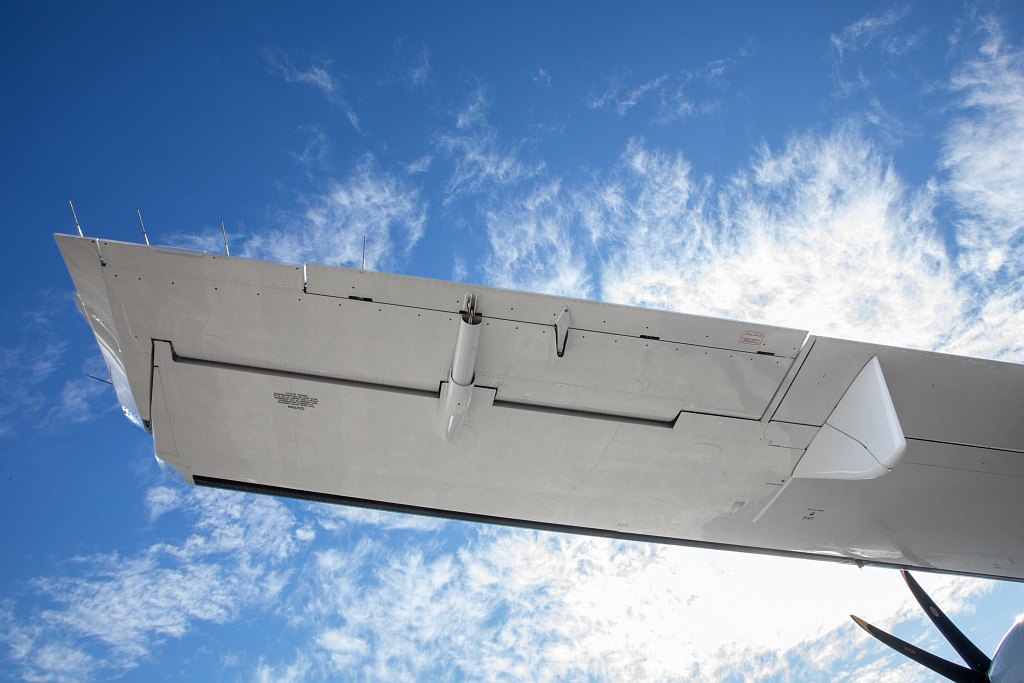An aileron, integral to the dynamics of flight, is a control surface located on the trailing edge of each wing of a fixed-wing aircraft. This part is pivotal for controlling the aircraft’s roll around its longitudinal axis, facilitating maneuvers and directional changes during flight.
What are ailerons?
Ailerons are small, hinged sections on the wings of an aircraft that manage aircraft roll control. Typically located near the wingtips, they operate in pairs but move in opposite directions to manipulate the aircraft’s position. For example, when the right aileron is raised, the left is lowered, and vice versa, allowing the aircraft to tilt and roll to the side.
How do ailerons work?
The primary function of ailerons is to facilitate the rolling movement of an aircraft, essential for initiating turns. By altering the lift on each wing through upward or downward deflection, ailerons make it possible to tilt the aircraft’s wings in opposite directions. This action changes the aircraft’s flight path by creating differential lift, pivotal for smooth and effective turning. In conjunction with the rudder, which adjusts the yaw, ailerons help maintain a coordinated turn.
Ailerons function by adjusting the airflow over the wings’ outer sections, modifying the airfoil shape and altering lift characteristics on either side of the aircraft. When the pilot adjusts the ailerons via the control stick, one wing generates more lift while the other less, resulting in a rolling motion. This mechanical action, executed through the ailerons’ opposite movements, is crucial for balanced and controlled maneuvering of the aircraft.
What is the difference between flaps and ailerons?
Flaps and ailerons both adjust the lift and drag on aircraft wings, but serve different functions. Flaps are used to increase the lift or drag on both wings equally, enhancing lift at lower speeds during takeoff and landing, while ailerons control the roll by altering lift asymmetrically between the wings, crucial for steering and horizontal maneuvers.








